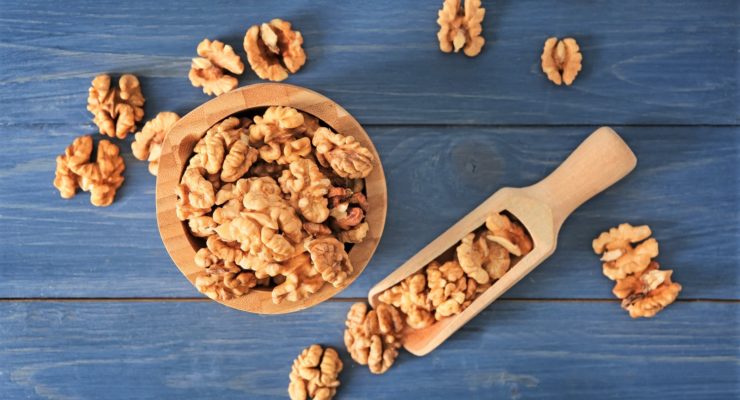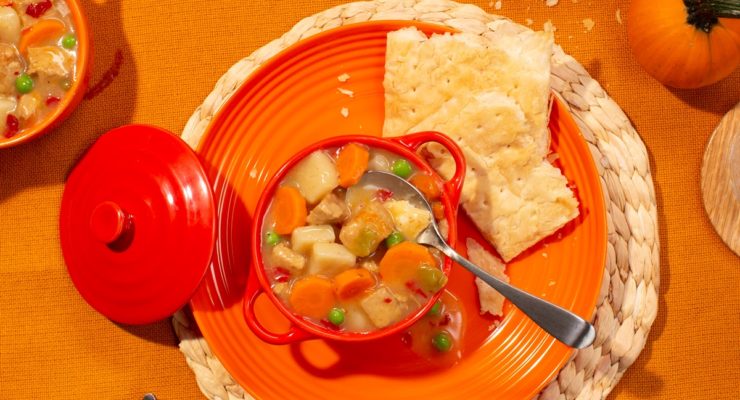In winter, your daily brisk walk can quickly turn from “feel the burn” to “feel the brrrrr” as temperatures plummet. But don’t let a little cold stop you from doing winter workouts! Cold weather exercises may actually help you lose weight faster.
According to AccuWeather, “Regardless of exercise, studies have shown that being outside in cold weather can transform white fat, specifically belly and thigh fat, into calorie-burning beige or brown fat.” They explain that brown fat burns calories to generate heat and keep you warm. So try to get outside this winter, even just for some fresh air and a brisk walk!
The hardest part of winter workouts is the first few minutes you spend out in the cold. It’s like jumping into an unheated pool in early summer, before the sun has done its magic. You’re cold for a little while but as you move around, you literally get warmed up.
Of course, there are ways to exercise smartly and safely that will make your winter workouts pure enjoyment. Here are seven fitness tips to follow.
1. Wear layers.

You may want to put on that puffy down coat to handle the plunge into the cold, but you’re going to want to leave it by the roadside in short order. Outdoor winter workouts going to generate a lot of heat, so you’ll feel much warmer than the thermometer would have you think. You’re going to sweat and when that sweat evaporates, you’re going to feel colder again, says Mayo Clinic. That’s why they recommend a series of layers that you can easily remove and add will take care of that. Start with a base layer made of polypropylene which will wick sweat away from your body. (Cotton does just the opposite.) Add a jacket that’s made of wool or fleece, then an outer waterproof layer that’s breathable, so you aren’t trapping sweat inside. Experiment to see what combo works best for you.
2. Protect your extremities.

Unfortunately, exercise doesn’t generate much heat for your head, ears, hands or feet. According to Harvard Health Publishing, it’s all concentrated in your core. Mayo Clinic recommends a headband to protect your ears, a hat for your head, gloves for your hands and warm socks for your feet. Think layers for gloves, too. Start with a thin sweat-wicking polypropylene glove covered by wool or fleece gloves or mitten that you can pull off and on. If it’s really cold, wear thermal socks on your feet and consider a ski mask, scarf or balaclava for your face and head.
3. Get colorful.

Consider wearing bright colored outerwear or reflective gear. It’s not only cold in the winter, it can be pretty dark. You want motorists, cyclists and winter sports enthusiasts on the same trail to be able to see you.
4. Apply sunscreen.

It’s not just to protect you from the hot rays of summer sun. The winter sun can burn you too, particularly if there’s snow on the ground which reflects the sun’s UV rays.
5. Stay hydrated.

According to Nutritional Needs In Cold And In High-Altitude Environments, military studies of soldiers in arctic climates have found that you can lose as much if not more body fluid in cold weather as in hot. For one thing, cold weather exercising can make you sweat which can lead to fluid loss. You also lose fluid when you’re breathing. Plus, you’re more likely to not replace the fluid you’re losing when you exercise in the cold because you don’t feel the same thirst sensation you do when it’s warmer. Keep a water bottle with you and drink even if you don’t feel thirsty.
6. Keep an eye on the temp.

You can risk frostbite if the temperature drops to low or if the wind chill makes it feel that cold. “At wind chill levels below minus 18 F (minus 28 C), frostbite can occur on exposed skin in 30 minutes or less,” according to experts at Mayo Clinic. Likewise, hypothermia—an abnormally low body temperature—is also a risk. The symptoms of hypothermia include exhaustion, shivering, fumbling hands, confusion, memory loss and slurred speech, says the Centers for Disease Control and Prevention. It can occur when temperatures are very low, but also if it’s warmer (above 40 F) but you’re chilled from rain, snow or sweat. Hypothermia is a medical emergency.
7. Warm up your muscles.

Cold weather plus cold muscles is a recipe for injury. Static stretching should be avoided. You want to do some simple, dynamic stretches and moves that wake up your joints and get your blood flowing. Do a few arm swings and circles, high steps or lunges before you start out, says experts at Harvard Health Publishing.
Pair your winter workouts with a convenient meal delivery service! Get started with Nutrisystem today >
The post 7 Winter Workout Tips for Cold Weather Exercise appeared first on The Leaf.




Comments
Post a Comment